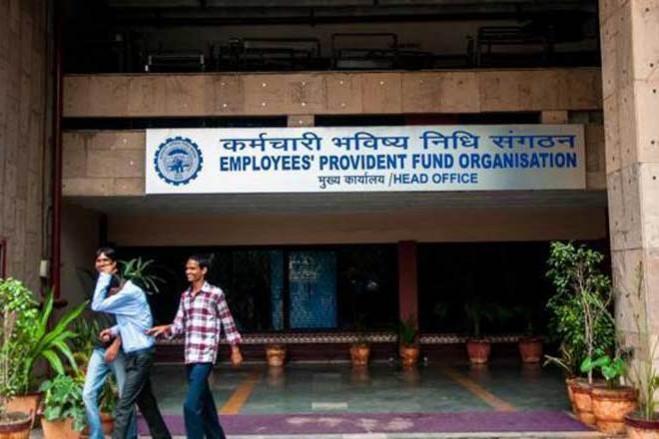
A Supreme Court order has made it possible for private sector employees to get a higher pension from the Employees Provident Fund Organisation (EPFO). The apex court on Monday upheld a Kerala High Court ruling that had scrapped a stipulation limiting the pension payable to Rs 15,000, irrespective of the contribution. The dismissal of the EPFO challenge means all retiring employees can get a full pension in accordance with their contribution.
What is EPFO?
The Employees' Provident Fund Organisation (EPFO) is the executive arm of the Central Board of Trustees, the statutory body formed by the Employees' Provident Fund and Miscellaneous Provisions Act, 1952, under the administrative control of the Ministry of Labour and Employment. Under the act, every organisation that does not have a provident fund scheme administered by an in-house trust has to join the EPF programme to ensure the welfare of its employees.
Who is the administrative head of EPFO?
The Central Provident Fund Commissioner, who is the administrative head of the EPFO, reports to the Union Labour Minister through the Secretary of Labour and Employment. EPFO manages total funds of Rs 8.5 lakh crore as of March 2016.
What is EPS?
The EPFO administers the Employees Pension Scheme, which was introduced in 1995 to ensure the welfare of all employees covered by the EPF scheme. All subscribers to the EPS scheme receive a pension on retirement on a permanent basis. It is mandatory that all employees with a monthly salary combined with dearness allowance (DA) of Rs 15,000 or less must enrol into this scheme.
What is UAN?
The Universal Account Number (UAN) is a 12-digit number allotted to an employee contributing to the EPF. The UAN acts as an umbrella for the multiple member IDs that different establishments allot to an individual and remains the same through the lifetime of an employee, which means it does not change with the change of jobs. The UAN helps in easy transfer and withdrawals and management of online services.

Who is eligible for pension under the EPS?
Every private sector employee who is a subscriber to the scheme and contributes to the EPF is eligible for regular pension on retirement.
How much pension can a retiring employee get?
An EPS subscriber can get a pension based on the amount he or she has contributed. The recent Supreme Court order removes the pension limit of Rs 15,000.
What is the employer's contribution to the EPF?
An employer is supposed to contribute a minimum of 8.33 per cent of the employee's salary, calculated as the total of the basic and the DA. However, on mutual agreement, the employer can contribute a higher percentage.
What is the employee's contribution to the EPF?
An employee has to contribute a minimum of 8.33 per cent to the EPF, but he may contribute more either with or without a matching contribution from the employer.
How is the monthly pension amount calculated?
The pension is calculated on the basis of the average monthly salary drawn in the last year of employment.









